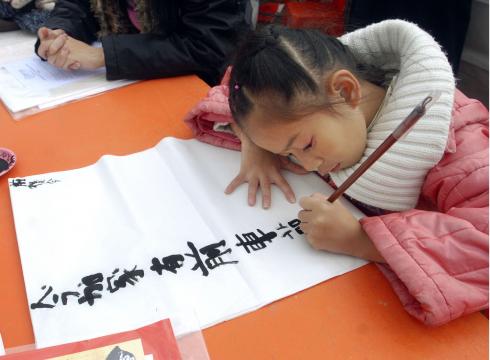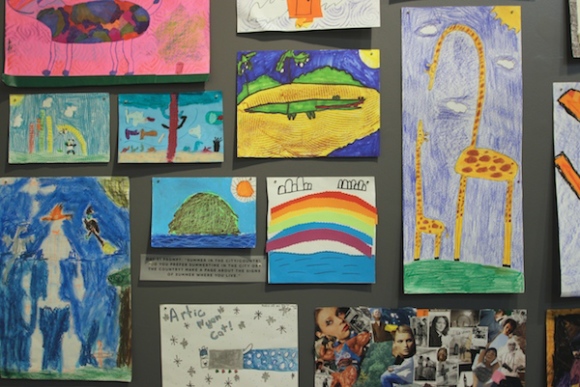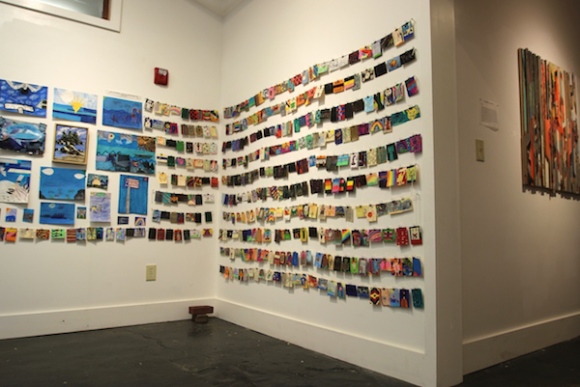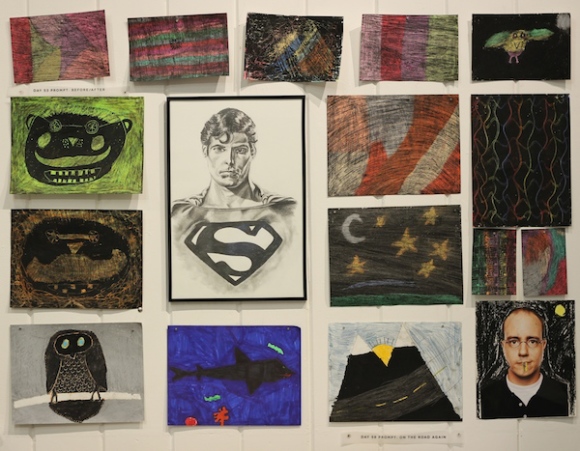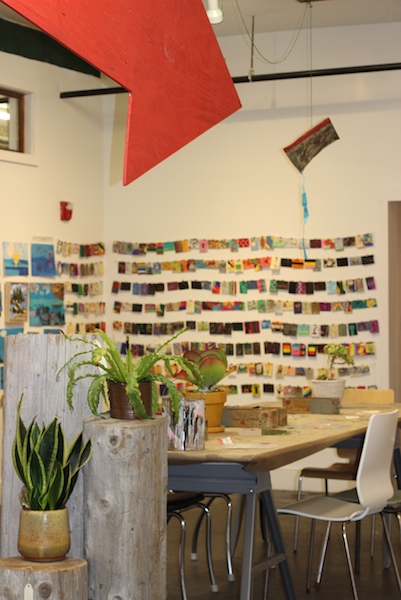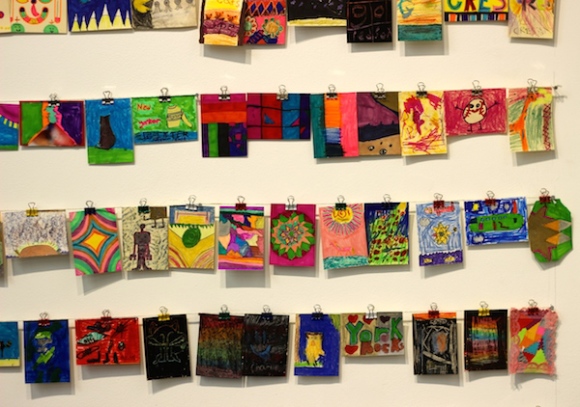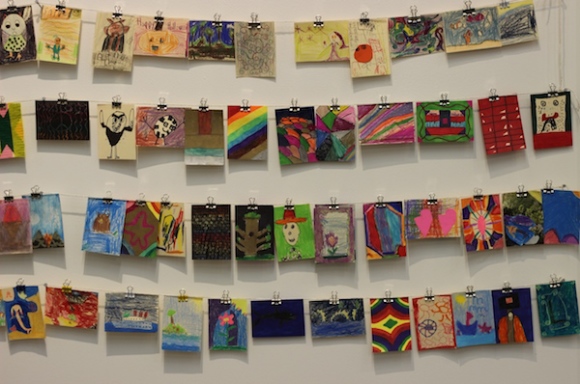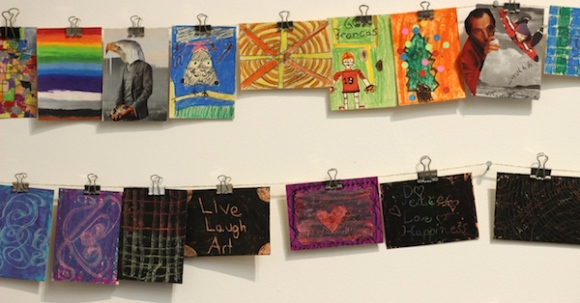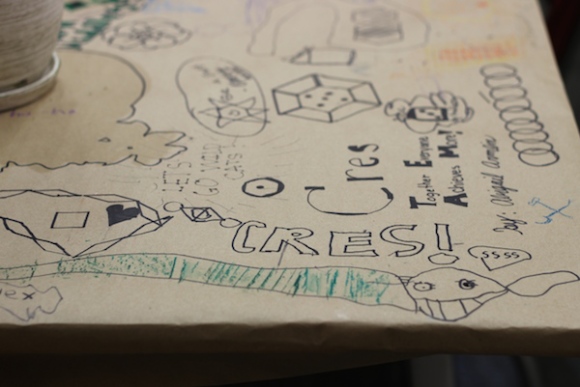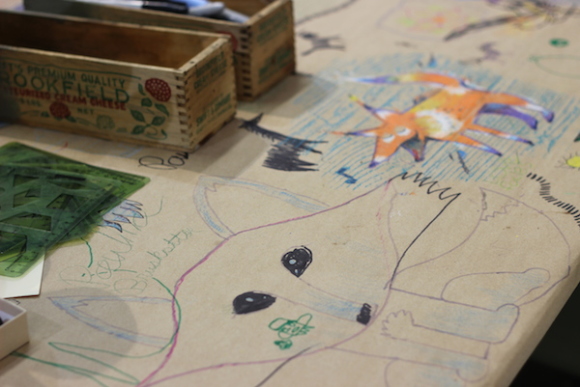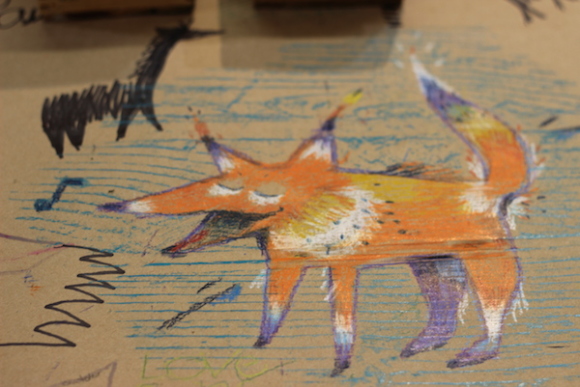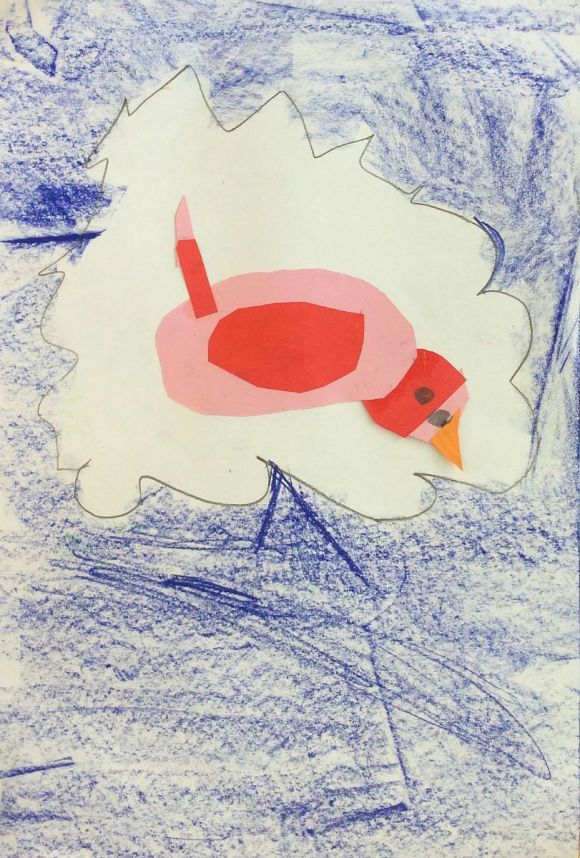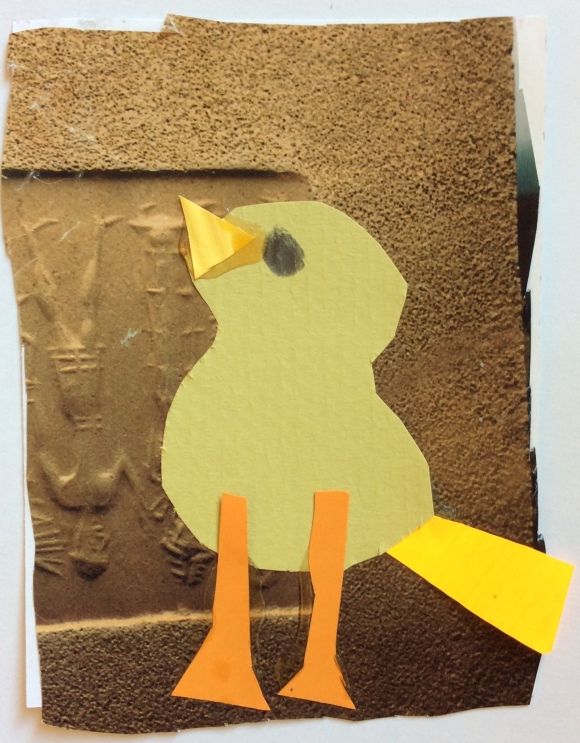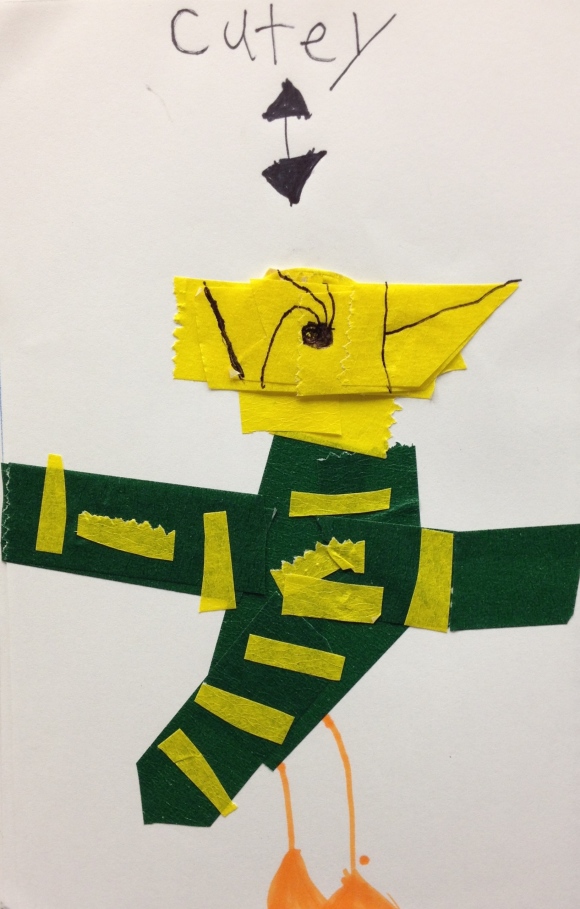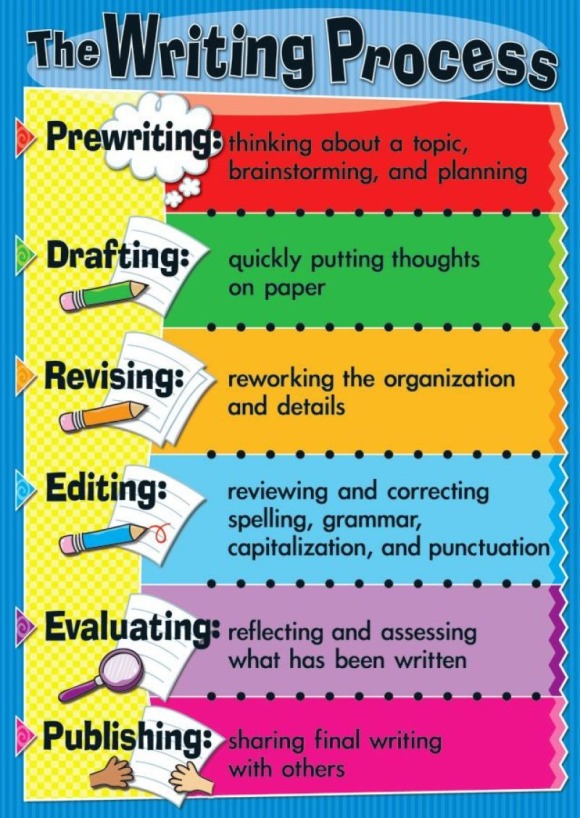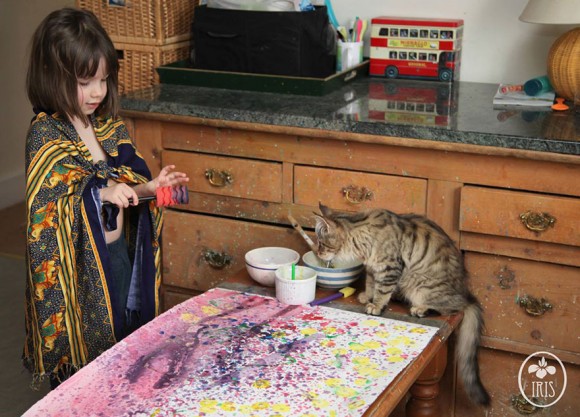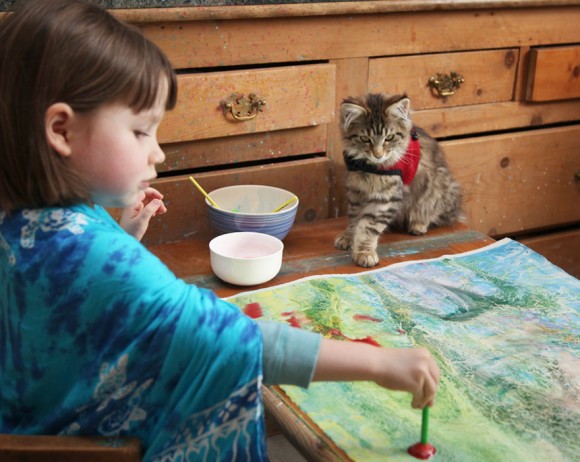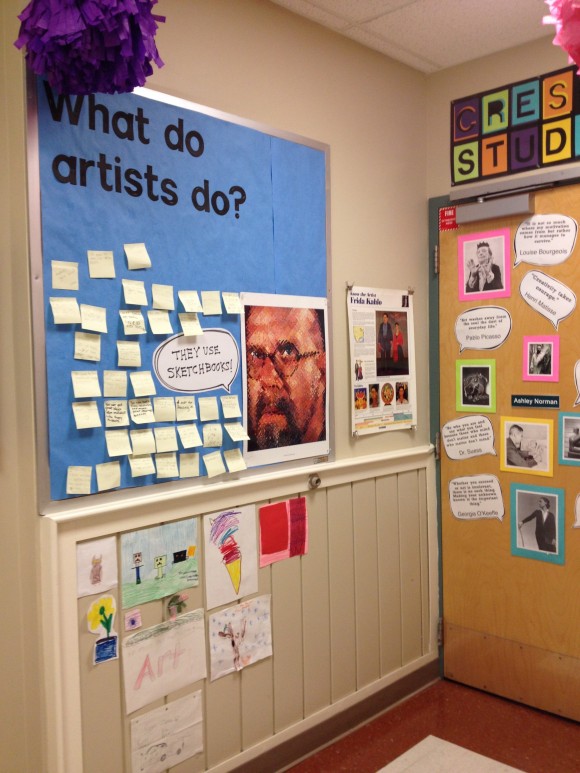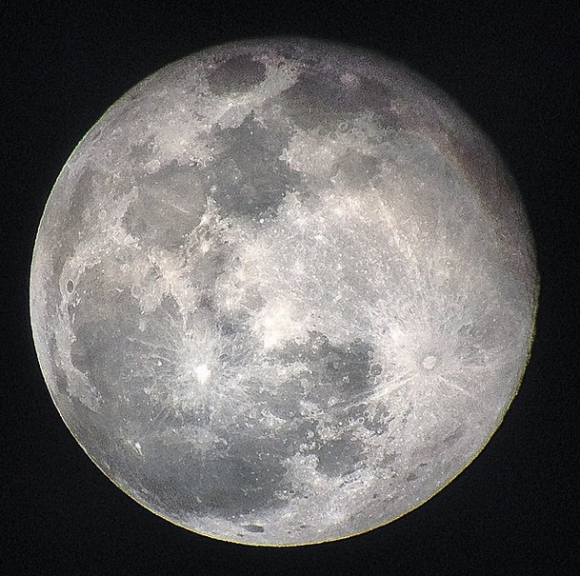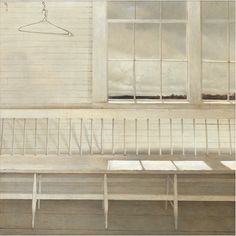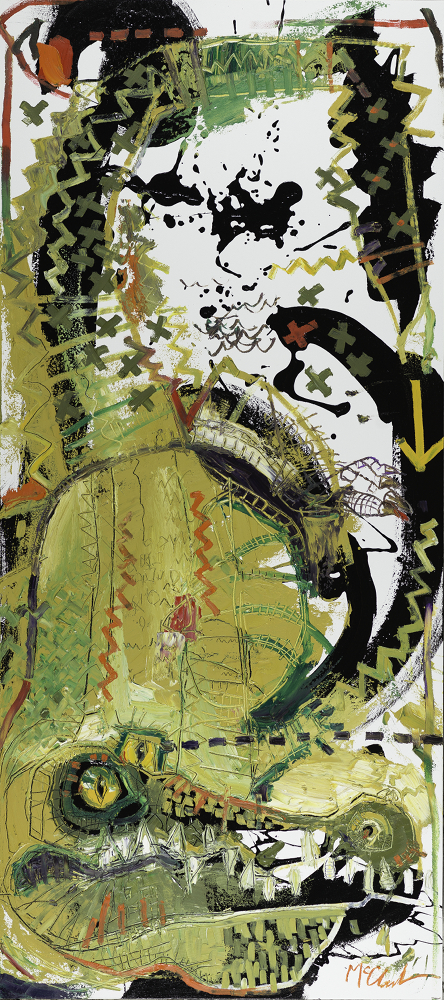Uncategorized
24
Sep 15
Oscar Muñoz
Sedimentaciones [Sedimentations], 2011 (2 HD video projections, colour, sound, 42 min 27 s, 41 min 42 s, on wooden tables)
“The strategy of dissolving the image reappears in Sedimentaciones, a photographic development table on which there are numerous photographs arranged in lines, with various blank sheets between them. The photos are extremely varied in nature, ranging from universally known images to others that are very specific to a Colombian context, personal portraits by the artist and anonymous, generic images. There are two developing trays at opposite corners. A hand takes a photograph from the table and puts it in a plastic tray filled with liquid in which the image dissolves. The paper emerges white and is then randomly placed in one of the lines. On the other side of the table another hand takes up one of the empty sheets and slides it into another tray. On taking out the sheet, the image has magically re-formed on it and the hand places it in the line of photographs. The process starts again in the other corner. Through this alternation we thus witness the ceaseless life and death of the image.”
http://www.jeudepaume.org/pdf/PK_OscarMunoz.pdf
Interview on Process
24
Sep 15
The George Eastman House | History of Photography
Learn More about The George Eastman House here.
1. Before Photography
2. The Daguerreotype
3. Talbot’s Processes
4. The Cyanotype
5. The Collodion
6. The Albumen Print
7. The Platinum Print
8. The Pigment Processes
9. The Woodburytype
10. The Gelatin Silver Process
11. Color Photography
12. Digital Photography
22
Sep 15
Embrace the Shake
We started the semester in all our classes by watching Phil Hansen’s TED Talk “Embrace the Shake.” How can we create within constraints? How can our weaknesses become the fuel for our work?
06
Mar 15
Home Practice Spotlight March 2015
It’s amazing to see how many hard working artists at CRES have a home practice as well.
Here are a couple examples of recent student work from home.
“Sheep Doing People Things” by Sylvia 3rd Grade (The first image on the upper left illustrates two sheep doing a little Irish Step.)
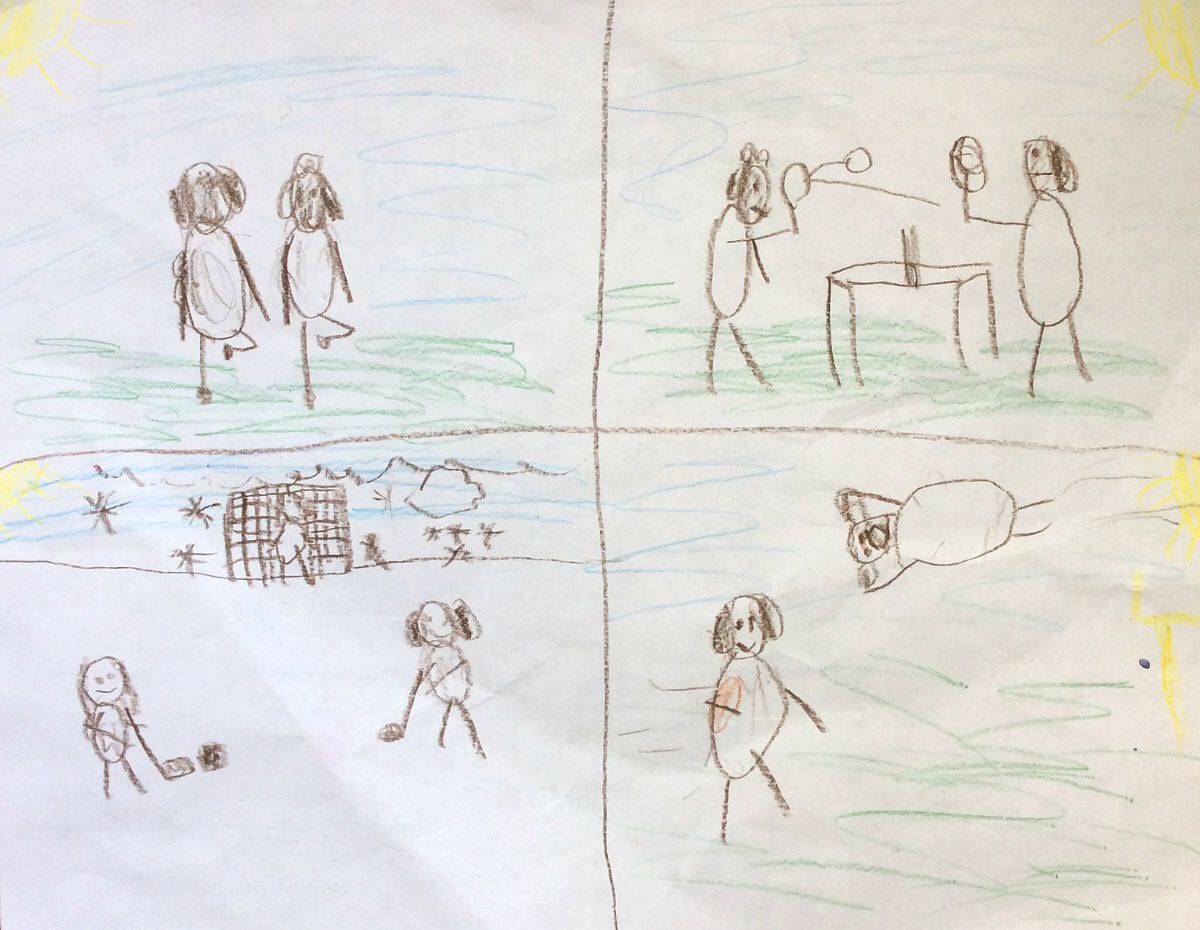
This horse was created by Ella M. In 4th Grade
This drawing of the Nubble Lighthouse was created by Hikaru 3rd Grade.

19
Nov 14
Specialists in Elementary School Classrooms? (Huffington Post)
Thought provoking article on the Chinese elementary school model, where every teacher is a specialist.
http://www.huffingtonpost.com/nancy-pine/specialist-teachers-best-_b_1669799.html
18
Nov 14
Tour of the 2nd Annual Summer Sketchbook Spectacular Exhibit
Here is a quick tour of the 2nd Annual Summer Sketchbook Spectacular Exhibit at Chases Garage Gallery, York, ME. To all of you who made it and participated…THANK YOU!
Also, a big thanks to Cait Giunta and Ned Roche the Co-Owners and Directors of Chases Garage for hosting the exhibit, helping hang, and for being such great ambassadors of the arts on the Seacoast. Thank you.
17
Nov 14
Artist Spotlight: Kailee E.
Q: What grade are you in?
A: 2nd Grade
Q: What is your favorite subject? Meaning, what is your favorite thing to make artwork about?
A: Dogs and Birds. and I like doing cats too.
Q: What is your favorite color?
A: Pink
Q: How do you feel when you’re making work?
A: I feel really good because art is my favorite subject.
Q: How do you want people to feel when they see your work?
A: Good.
Q: What are your favorite mediums to use? What are your favorite materials in the CRES studio?
A: Texture boards. I like the Inspiration Station.
Q: How did you start making work about birds?
I use to like bugs, but now I like birds. I really like seeing birds come to my feeder, I have a bird feeder outside my house.
28
Oct 14
Creative Process
During the first month of school we’ve been focusing a lot on the creative process. There are so many similarities in how artists, musicians, writers, and engineers work through problems.
Here are some examples of flow charts I found on the creative process.
Currently I’m working on developing my own chart for my classroom.
Are you a creative thinker? If so, I’d love to hear about your process. Please feel free to email me @ artedgeek@gmail.com
16
Oct 14
Sketchbook Prompts as Inspiration
Since September students have been working on finding inspiration through sketchbook prompts and the Inspiration Station.
Here is a quick little video showing the artists in action!
04
Oct 14
5-Year Old With Autism Paints Stunning Masterpieces
This Boredpanda article is a must read. There are so many types of intelligence.
http://www.boredpanda.com/5-year-old-painter-autism-iris-grace/
03
Oct 14
How does nature inspire you?
For the first two weeks of school we went outside in the garden in search of inspiration in nature. Here are a couple of the students discoveries. Along with observational drawing many of them also fell in love with collecting and rubbings.
02
Oct 14
Specimen Studies
We have been on the hunt for inspiration in all of our surroundings. Some of the students have been very excited about the specimen studies they’ve been creating during class.
If you are interested in purchasing your own specimens, below you will find some links:
6 Real Bugs Insect Paperweight Specimens Collection
Bug Specimens (Cricket, Locust, Yellow Leaf Beetle, Crab)
- Seahorse in the Inspiration Station’s Cabinet of Curiosities
- Wasp Spider Study, 4th Grade
- Starfish Study
- Bug and Ed Emberley Studies, 2nd Grade
16
Sep 14
Finding Inspiration in Nature
We spent the first two weeks of school looking for inspiration in nature and our surroundings at CRES. Here are some images of the artists at work.
15
Sep 14
Welcome Back! What are sketchbooks?
Welcome back to a new and exciting school year in the CRES Studio!
Sketchbooks
We’re starting off the school year by working in our new sketchbooks. Students will keep their sketchbooks for three years to show their progress and help them keep track of what inspires them.
I started the lesson by asking students some questions about sketchbooks. Here are their insightful responses.
Why is a sketchbook a tool?
- You practice in it.
- You use it for ideas.
- To sketch your ideas and plan it all out. -Lucy K.
- It is ideas that you might want to do.
- It’s a draft for drawing in.
- Sometimes pictures will help me more than words.
- If you’re going to make a house you need to sketch it first.
- Always sketch before you paint. You can erase sketches, but you can’t erase watercolor.
- A sketchbook is a place where you put your thoughts.
- A sketchbook is a tool because you use it to build something bigger.
- It’s a place you can try new things
Why is a sketchbook a great place to try new things?
- You don’t want to waste paper. If you do it in your sketchbook first, the paper won’t go to waste.
- You can do experiments in your sketchbook.
- If you mess up in your sketchbook it’s ok it’s not your final piece.
- A sketchbook is a good place for trying thing out and see what works and what doesn’t.
- Explore your mind. -Jack
- If you want to draw something you can put it in your journal or sketchbook.
- if you make a mistake you can just erase it as many times as possible, do it over until you’ve got it right.
Why are mistakes important to keep?
- You can make a mistake into inspiration. -Maddie
- You can keep an accident, because you can make it into a “happy accident.”
- The reason why you keep a mistake is because you could turn it into a masterpiece.
- There are no mistakes when making art!
- You can get great ideas from mistakes. Like happy accidents. You can learn from mistakes and make your drawings better.
- It’s good to learn from our own mistakes.
- It’s just your sketchbook, not your whole life…don’t over react over anything.
- You can turn your mistake into something else.
- Keep your mistakes in your sketchbook so you can look back and not make the same mistake again.
- There are no mistakes just happy accidents. That means if you make a mistake you can turn it into a beautiful drawing. -Lexi R.
- You can learn from your mistakes. -Cami
Why do most artists, writers, or other creative problem solvers keep a sketchbook on them at all times?
- You can put your feelings in it.
- It’s good because you can write down or sketch your ideas.
- If you have a great idea write it on a piece of paper.
- You might want to bring your sketchbook with you so you can draw stuff you like.
- It’s good to sketch in a sketchbook
- When you are inspired… don’t fear… get it!
Why might you write in your sketchbook?
- If you make a picture and name it, write it down so you don’t forget it.
- To tell about your art.
- You could draw the picture and then tell how you made it.
- You could write down your idea and save it till you need it.
- You can put your feelings in so you don’t hurt.
- To tell whats in your picture.
- You can write about your picture or instead of drawing the picture you could write it out the idea.
- You can have writing in your sketchbook because later you can read the ideas and make it into art.
- You can write a tip for another drawing. -Cami
01
Sep 14
Summer Sketchbook Spectacular 2014: Day 73
Prompt:
“Design a Tree House: Draw/Paint one and journal about it’s special features.”
31
Aug 14
Summer Sketchbook Spectacular 2014: Day 72
Prompt:
“Stars & Moon: The summer is a great time to go stargazing- make a page about something related to the stars or moon.”
(This prompt was borrowed from artjournalist.com.)
The photo of the super moon above was taken by my scientist/artist partner Dan Esposito.
28
Aug 14
Summer Sketchbook Spectacular 2014: Day 69
Prompt:
“Sunshine: For many of us, summer is the only time we ever get to see the sun! Create a page about soaking up the rays or staying in the shade.”
27
Aug 14
Summer Sketchbook Spectacular 2014: Day 68
Prompt:
What are your favorite summer scents & smells?
25
Aug 14
Summer Sketchbook Spectacular 2014: Day 66
Prompt:
Create something inspired by your favorite song.
23
Aug 14
Summer Sketchbook Spectacular 2014: Day 64
Prompt:
What is something you feel you couldn’t live without?
22
Aug 14
Summer Sketchbook Spectacular 2014: Day 63
Prompt:
Try drawing a still life or scene made of all white.
Andrew Wyeth, Off at Sea, 1972, tempera on panel, Private Collection. © Andrew Wyeth
My Inspiration:
This week I had the good fortune of seeing this piece at the National Gallery of Art in Washington, DC in the exhibit: Andrew Wyeth: Looking Out, Looking In.
21
Aug 14
Summer Sketchbook Spectacular 2014: Day 62
Prompt:
What is your favorite animal?
This week I’m visiting one of my favorite artists and dear friend Daniel McClendon at his studio and gallery, The Lift Studios, Asheville, NC. Daniel’s primary inspiration is animals.
You can see more of his work on his website @ http://www.danielmcclendon.com
20
Aug 14
Summer Sketchbook Spectacular 2014: Day 61
Prompt:
What connections do artists and scientists have? How do they use problem solving?
Boston artist Nathalie Miebach uses scientific data to create her sculptures.
Nathalie Miebach: Art made of storms
15
Aug 14
Summer Sketchbook Spectacular 2014: Day 56
Prompt:
“Toto, I have a feeling we’re not in Kansas anymore.” – L.Frank Baum, The Wonderful Wizard of Oz
11
Aug 14
Summer Sketchbook Spectacular 2014: Day 52
Prompt:
“Write a Summer Haiku: Haikus are very simple poems to write (5 syllables the first line, 7 syllables the second, then 5 syllables the third) – write one about summertime and illustrate it.”




